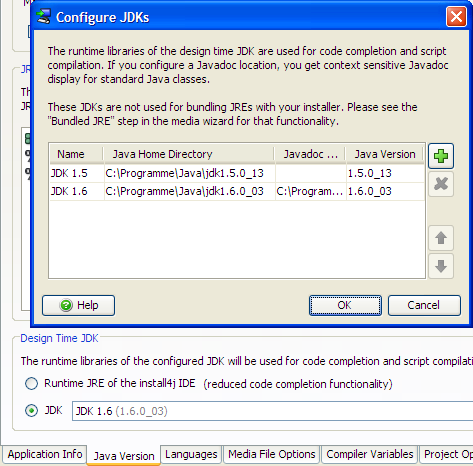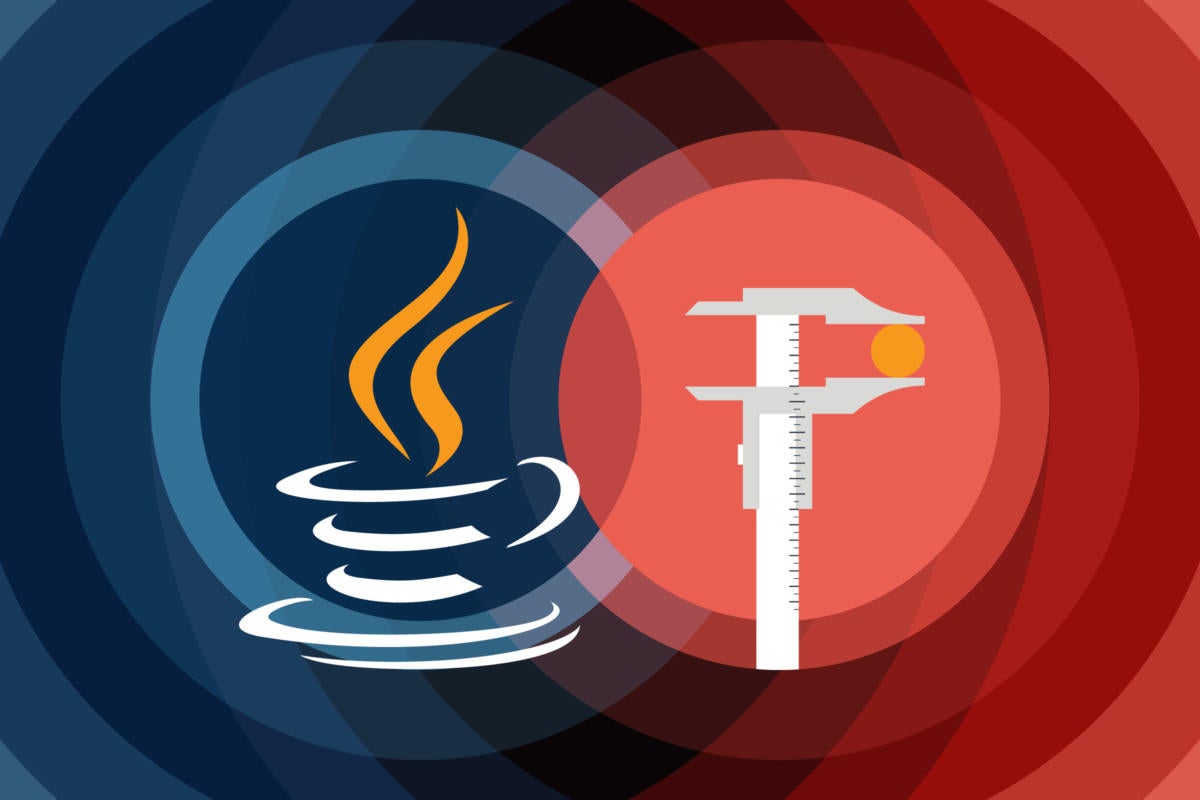

- #Install4j could not find java runtime how to#
- #Install4j could not find java runtime install#
- #Install4j could not find java runtime download#
I choose the options presented to locate it and navigate to my JAVA folder and the java.exe file.
#Install4j could not find java runtime download#
They will be listed by name.Īll of the 32-bit programs are installed in the Program Files (x86) directory, easily accessible using Windows Explorer. Trying to run the the USGS' Bulk Download Application ( and keep getting an error message that it could not find the JRE. Look for the Java directory within Program Files and you will find all of the 64-bit Java packages that are installed located there. You need to know where the files are being downloaded in order to access them and this is not always clear during the installation process.Īll of the 64-bit programs are installed in the Program Files directory, easily accessible using Windows Explorer. Use calls like System.getProperty ('install4j.appDir') to access these values. Installing the 32-bit JRE on a 64-bit Windows system is straight forward. When your application is started with a launcher generated by install4j, you can query the system property install4j.appDir to get the installation directory and and install4j.exeDir to get the directory where the launcher resides. Windows 64-bit systems are able to utilize 32-bit and 64-bit JRE's keeping them in separate locations for system clarity.
#Install4j could not find java runtime how to#
On Linux I’ve no idea how to move folder trees between computers (I only have one Linux machine), but I’m sure you either already know or can easily find out (eg see this ).The IDL and ENVI Help System, along with the IDL Workbench, require 32-bit JRE's to operate properly. Alternatively, after moving the tree to the share, just edit the int_jre.cfg on the new computer to contain the path to the shared folder. I thought I had read that the MS download included the right. javaldx: Could not find a Java Runtime Environment java vesi on java 1.

rootip-172-31-23-197:/ sudo /etc/init.d/jira start To run JIRA in the foreground, start the server with start-jira.sh -fg executing using dedicated user: jira. On Windows you’ll need to be a bit creative here because the user data folders are not shared: so for example copy the folder tree initially to a shared fp der on the new computer, then move it in the new computer to the user data folder. You might want to have someone verify this, but the last I heard, you need Java 1.5 (aka version 5). please find the logs, after giving the cmd, Jira starts and after some time total server not works even ssh also not works, again I need to restart the server and Jira also. LocateOrDownloadJre2The install4j wizard could not find a Java(TM) Runtime Environment on your.
#Install4j could not find java runtime install#
i4j_res folder to the same place on the new computer. ToUNCPathnameSetup cannot install to a UNC path name. Copy the entire tree starting at (and including) the. For a self-hosted IR, you can upload logs that are related to the failed activity or all logs on the self-hosted IR node. The Share the self-hosted integration runtime (IR) logs with Microsoft window opens. For further assistance, select Send logs. Open the file in a text editor to see the relevant path. The activity logs are displayed for the failed activity run. On Linux, the file is in ~Jts\ibgateway\969\.install4j You need to know where the files are being downloaded in order to access them and this is not always clear during the installation process.On Windows, this file is in C:\Jts\ibgateway\969\.install4j.

So how to find it? Well, there is a file called inst_jre.cfg that contains only the path to the Java runtime. So you need to discover where that is, and then copy that to the corresponding location on the new computer. Put the exe file in the following location: c:\Temp\SoapUI5-5-0. The thing is that installing TWS/Gateway creates a private copy of the Java runtime library, and that is not held in the Jts folder tree.


 0 kommentar(er)
0 kommentar(er)
